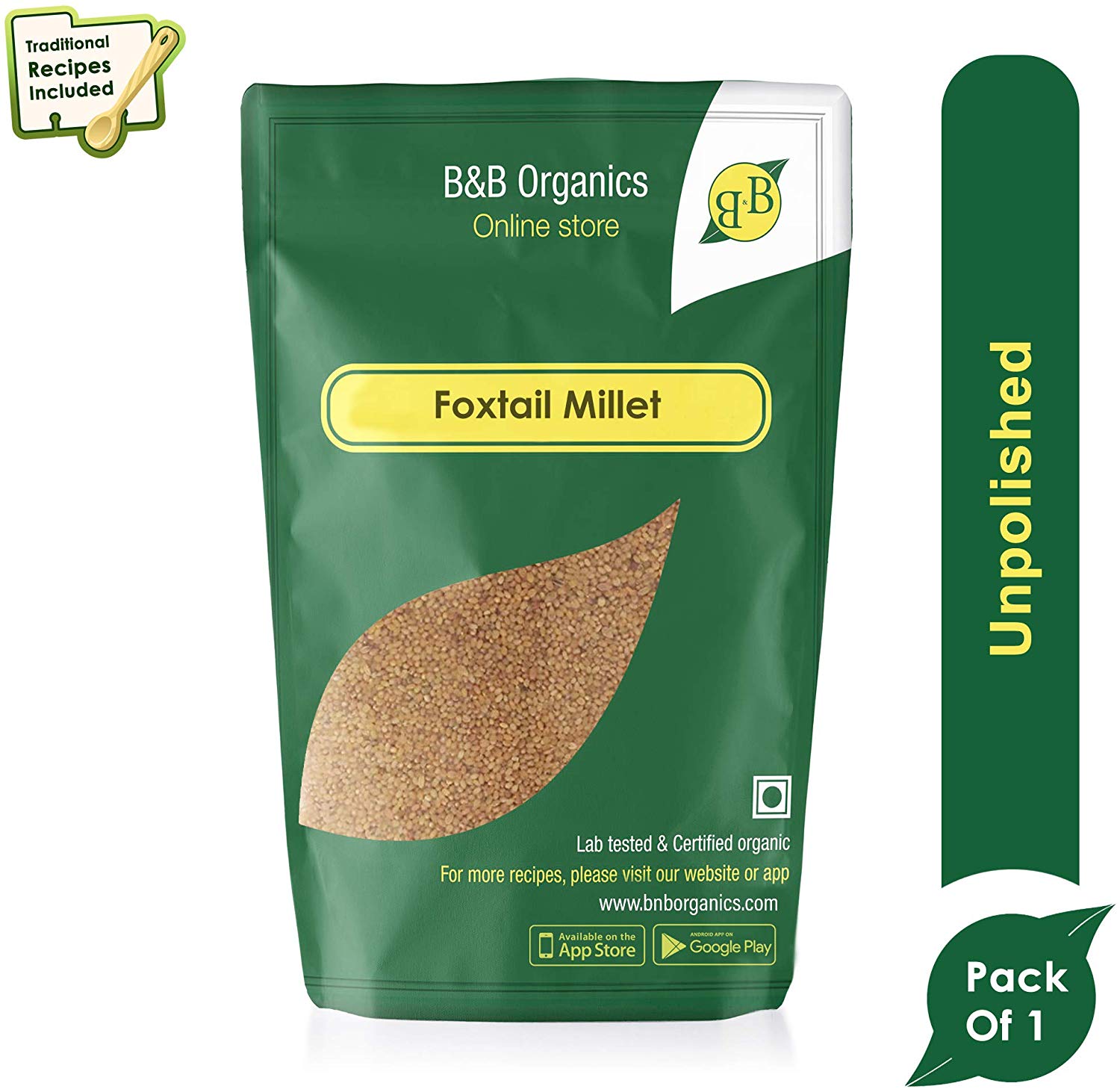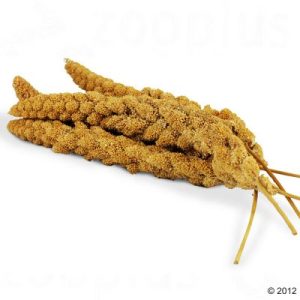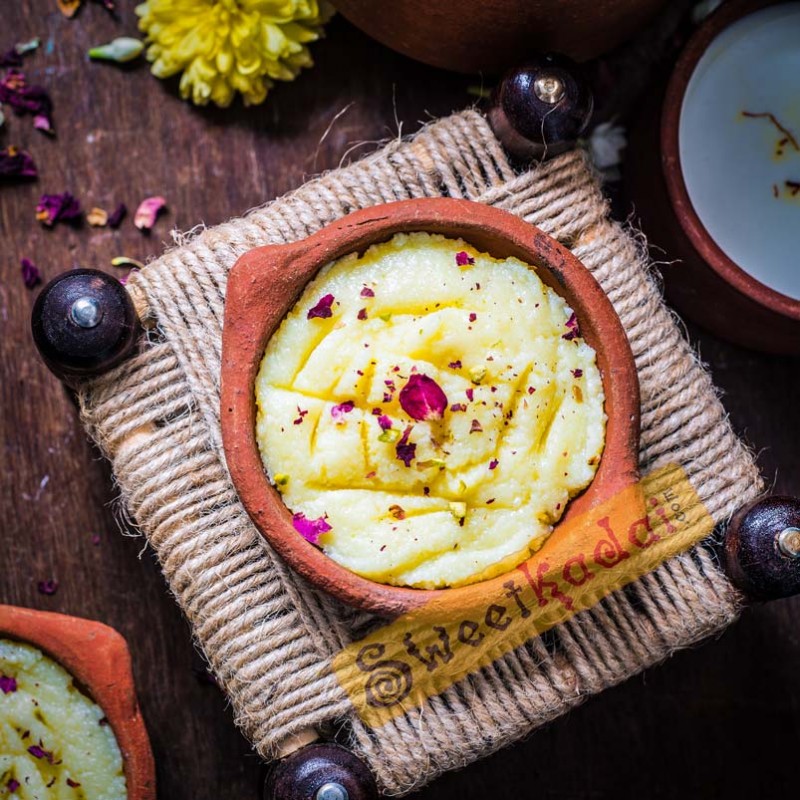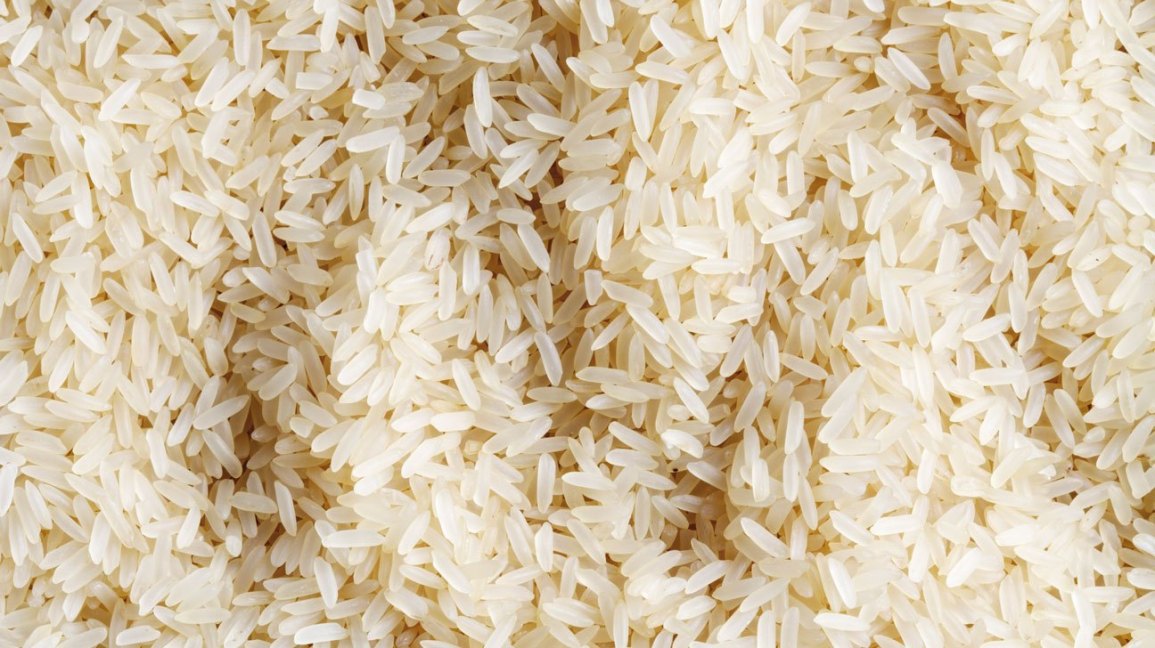Millet are a group of small seeded grass gown around world as cereals crops or grains for the fodder and human consumption. They are different types of millets such as pearl millet, finger millet, proso millet and foxtail millet. Pearl millet is most famous.
Tail millet are famous for their source of fibre, proteins and minerals.They are mostly grown in East Asia most in China and Korea. They are rich in carbohydrates, which serve as excellent source of energy. They are famous staple diet of South India and associated with Lord Muruga and his consort valley.
More About Foxtail Millet
They are a substitute for rice and provide best possible energy as rice and are gluten free. It is also rich in minerals like copper and iron. It can be mixed with other grains such as wheat to make baked goods such as bread as well as noodles.
It is called by different names in different languages as:Kannada-Navane, Gujarati-Kang, Hindi and Punjabi -Kangni, Bengali-Kaun Dana, Telugu-Koralu or Kora and Japanese-Awa.
NUTRITIONAL CONTENT:
The nutritional table data is per 100g of millet.
| NUTRIENT | QUANTITY |
| Protein | 13.65g |
| Fat | 3.51g |
| Iron | 6.24mg |
| Calcium | 18.2mg |
| Calories | 473kcal |
FARMING AND SEED:
The tail millet are staple diet of South India and are grown in arid and semi arid regions. They are small annual grass with slim, vertical, leafy stems which can reach height of 120-200 cm. The grains are small, drought tolerant and resistant to extreme weather. Seed head is dense, hairy of 5-30 cm. Seeds are of 2 mm in diameter encased in thin papery hull, which can be easily be removed by threshing.
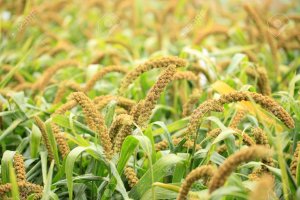
It has private role in multi-crop of agriculture and settled farming practices. Seed diseases include smut disease, green ear and are susceptible to attack by birds and rodents.
HEALTH BENEFITS:
A) Lower risk of diabetes: Fox-tail Millets lowers the risk of diabetes. It helps to lower blood glucose levels and improve insulin response in the body. The magnesium content in it helps the secretion of insulin and manages metabolism of glucose in the body.
B) Good source of energy: It has low Glycemic Index, which ranks carbs by how much they raise food glucose levels compared to a reference food. Therefore, millets increase satiety, decrease hunger and slows down the rate of digestion. Millets release sugar slowly in our blood and enable to work for long duration.
C) Good source of minerals: Fox-tail Millets are a rich source of phosphorus which is an important mineral for energy production and is an essential component of ATP – the energy store of the body.
D) It is low on allergenic. Fox-tail Millets also acts as a co-factor for more than 300 enzymes. It does not contain gluten, it is a good grain alternative for people who are gluten-sensitive.
E) Prevent heart disease: Lignans present in millets are thought to protect against breast cancer as well as heart diseases.
F) It is high on antioxidants.It can be used to get rid of the toxins that go rampant inside the body. A toxin-free body is obviously a healthy one. The long term consumption of fox-tail millets in any form will have positive effects on blood lipid profile and glycosylated hemoglobin of diabetics and cardiovascular patients.
HOW TO ADD IT IN DIET:
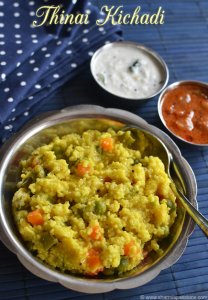
The tail millet forms a very good alternative grain and can be used for preparation of Khicdi, Upma, Pongal, chapati, idli, pulao,dosa, puttu etc.
Order B&B Organics Fox Tail Millet, 2 kg for just Rs 465 – https://www.amazon.in/Organics-Fox-Tail-Millet/dp/B01NART8EQ?ref_=ast_sto_dp


